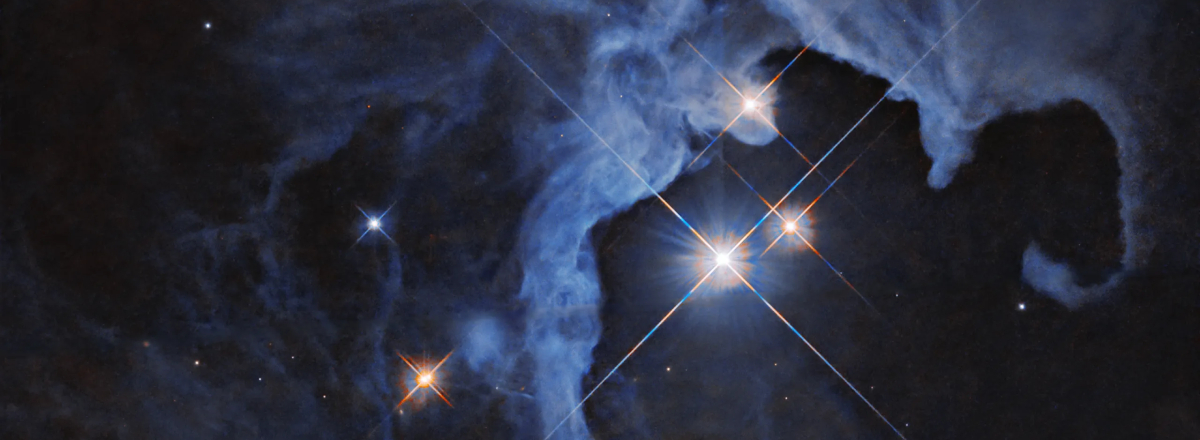Hubble Captures Young Sun-like Star in a Striking New Image
The star, known as HP Tau, is just 10 million years old and has yet to initiate nuclear fusion. It is part of a triple-star system that includes HP Tau G2 and HP Tau G3, shining brightly from a hollow in a reflection nebula.

The Hubble Space Telescope has photographed a star resembling our Sun in its youth, nestled in the Taurus constellation about 550 light-years away. This new discovery offers astronomers a rare opportunity to study what our own star may have looked like 4.5 billion years ago.
The star, known as HP Tau, is just 10 million years old and has yet to initiate nuclear fusion. It is part of a triple-star system that includes HP Tau G2 and HP Tau G3, shining brightly from a hollow in a reflection nebula—a cloud of gas and dust illuminated by starlight.
HP Tau stands out due to its variable brightness, which can change both periodically and randomly. These fluctuations are attributed to the chaotic nature of a young star, including instabilities and material falling into the star from its surrounding accretion disk, as well as surface flares.
This young star's behavior offers insights into the early activity of sun-like stars, which tend to exhibit more intense and frequent solar flares compared to their more stable, mature counterparts. Observing HP Tau allows scientists to study these early-life phenomena in detail, giving clues about the conditions that shaped the formation of our solar system.
The imagery from Hubble is part of a broader study into protoplanetary disks and early planetary formation, contributing to our understanding of how stars and systems evolve from clouds of cosmic dust and gas.

